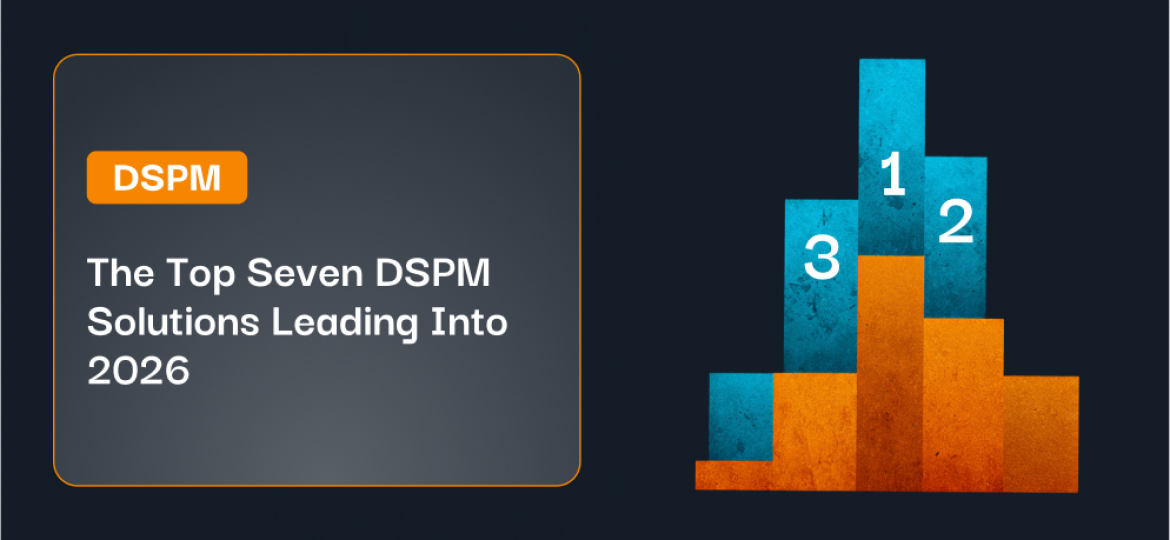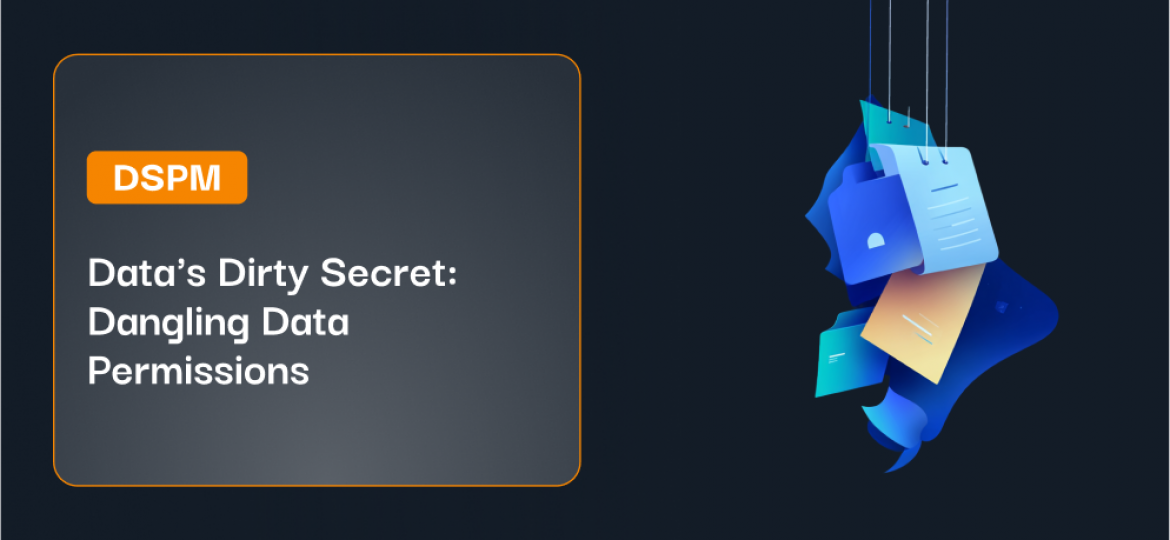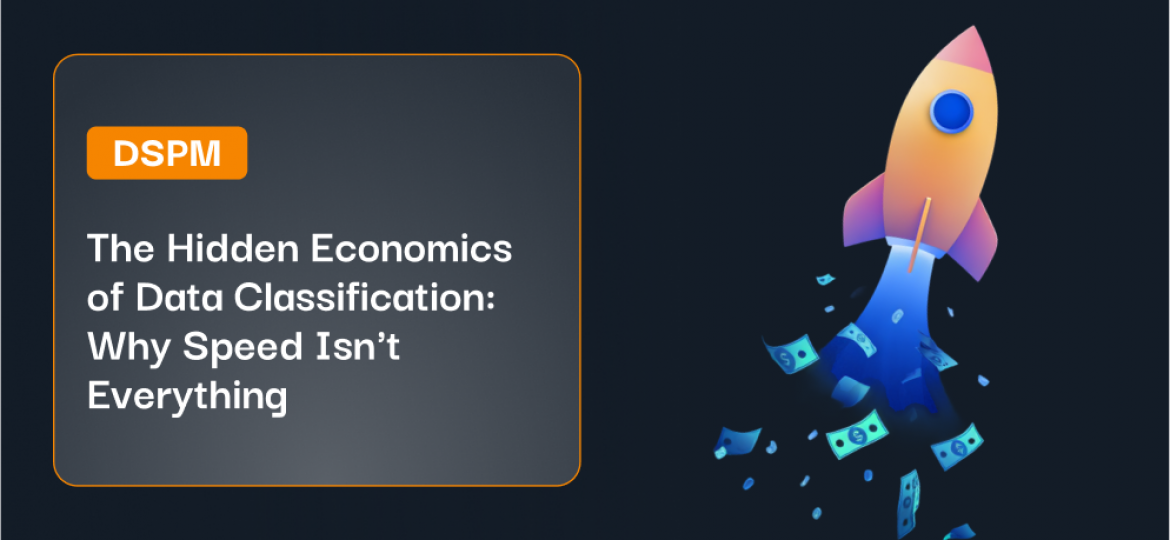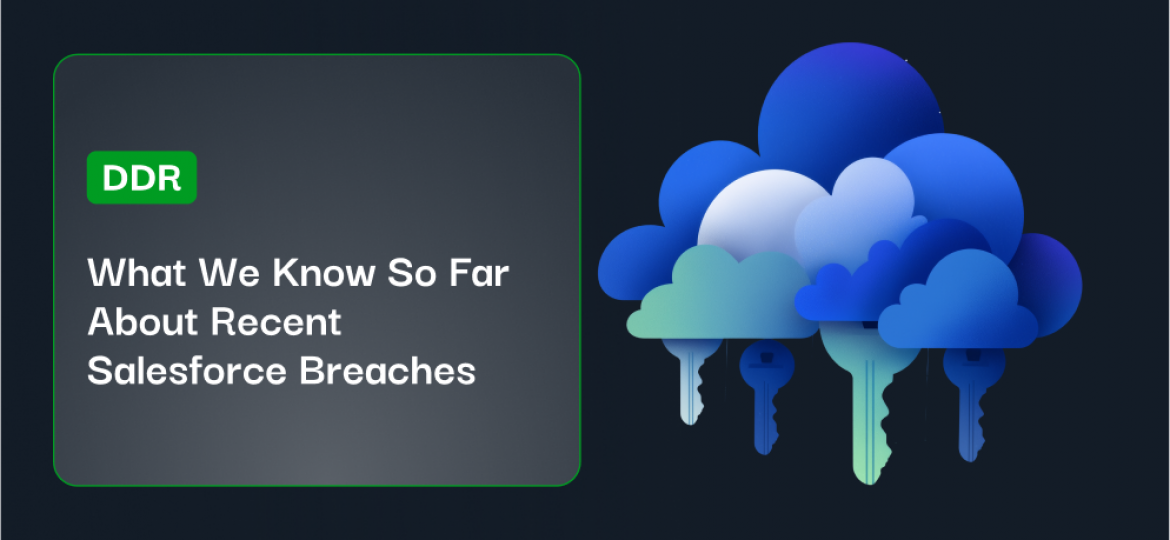As the remote workforce grows, hybrid cloud security has become a vital priority for all industries.
More employees are working in the cloud than ever before, which means IT specialists are adapting to protect them. In 2022, that usually means addressing multi-cloud security challenges — the average employee accesses multiple public clouds each day while almost 40% of businesses require specialized hybrid cloud security infrastructure. For these reasons, enterprises need to adopt new best practices and compliance policies that will serve them effectively in the years to come.
Jump to a section
Multi-Cloud and Hybrid Cloud Security Definitions
Unique Considerations for Multi-Cloud and Hybrid Cloud Environments
Data Compliance in Multi-Cloud Environments
Account for Data Localization and Regional Availability
Synchronize Cloud Data Security and Compliance Practices
Implement Multi-Cloud Data Monitoring
Best Practices in Hybrid Cloud Security
Multi-Cloud and Hybrid Cloud Security Definitions
The terms “multi-cloud security” and “hybrid cloud security” are often used interchangeably, but they represent distinct architectures that can influence your best practices:
- A multi-cloud environment is any system architecture built from multiple public cloud services. For example, a business might use Amazon Web Services’ email and remote computing capabilities but store analytical data with Microsoft Azure. Multi-cloud environments have immense potential when segmenting computational resources to increase efficiencies and avoid relying on a single cloud provider.
- A hybrid cloud is a type of cloud environment that leverages some combination of public and private cloud systems. These architectures let enterprises segment their data between local servers and cloud providers. For example, a business could store sensitive personal and financial data on a private cloud while running less sensitive processes through public clouds.
Unique Considerations for Multi-Cloud and Hybrid Cloud Environments
For all the benefits of cloud architecture, every new cloud on the network puts additional strain on the security teams that protect them. Not only do individual clouds increase the attack surface exponentially, but each provider also has slightly different data storage processes that pose compliance risks. Here are a few considerations security teams must keep in mind while securing their networks:
Governance
Security teams are usually responsible for implementing multi and hybrid cloud architecture governance models. Specifically, they’ll need to create best practices for how employees use each cloud platform, develop employee education and training modules, apply consistent policies across IT infrastructure, and more.
Access
Hybrid and multi-cloud systems are booming as remote work becomes the norm for most businesses. However, that means companies need to make their cloud infrastructure accessible from home offices and offsite devices. Along with granting overall access, security teams will need to manage permissions while monitoring activity from each new endpoint.
Compliance
Cloud platforms are instrumental in remote workspaces, but they still need to follow industry compliance standards and local regulations. Most notably, security teams will need to ensure their multi-cloud architecture complies with data localization laws that prohibit electronic records from being stored outside their host country.
Deployment Strategies
When deploying multiple cloud platforms, IT professionals need to decide whether to adopt distributed or redundant deployment strategies. For example, should they optimize performance by segmenting processes by cloud, or mirror cloud processes to create backups? Each approach has its benefits and drawbacks, so creating deployment standards in advance is worthwhile.
Cost Management
One easy-to-overlook drawback of multi-cloud environments is ballooning expenses. Enterprises should apply cost management principles to all integrated cloud platforms by analyzing workloads, identifying inefficiencies, and eliminating wasteful redundancies.
To find out more about the unique demands of cloud environments for businesses, read our blog post, 11 Considerations For Developing Multi-Cloud and Hybrid-Cloud Security Architectures.
Data Compliance in Multi-Cloud Environments
Data security compliance is complex, even when using a single public cloud. In a multi-cloud environment, security specialists need to pay special attention to how providers interact with each other. Whatever the architecture, adopting these best practices can prevent unintentional data breaches.
Account for Data Localization and Regional Availability
To account for data localization, enterprises must be fully aware of where their data is stored on an international scale. Security teams should follow a data storage plan that reflects their business needs, industry standards, and the relevant laws and regulations in all countries where they do business. Wherever possible, determine whether cloud providers have regional availability zones as part of their data infrastructure.
Synchronize Cloud Data Security and Compliance Practices
One common issue with multi-cloud architecture is that security and compliance settings will vary from cloud to cloud, particularly when it comes to certification processes and data access permissions. Security teams need to be aware of these conflicts and find ways to synchronize with enterprise-level data practices. The most effective solution is usually to deploy automated processes for multi-cloud tasks while generating activity reports for auditor review.
Implement Multi-Cloud Data Monitoring
While most cloud providers include monitoring tools to analyze activity, they won’t provide visibility across the entire network — often leading employees to treat clouds as inefficient siloes. Ideally, IT departments should leverage custom tools or dashboards that unify multi-cloud processes and extend visibility across the entire network.
For more details regarding multi-cloud data compliance, read our guide, Multi-Cloud Data Compliance: The Security Expert’s Checklist.
Best Practices in Hybrid Cloud Security
Given the complexity of multi-cloud and hybrid cloud architecture, any effective security solution must account for scalability, visibility, and a comprehensive set of data protection protocols. Unfortunately, each cloud environment is unique, despite attempts from providers to make platforms more compatible. For this reason, IT professionals and security specialists will need to follow a consistent yet flexible set of best practices that adapt to any kind of cloud architecture.
Interoperability
IT departments must prioritize cloud interoperability at every stage of development. Hybrid cloud configurations, in particular, will need to be securely configured to gain the full benefits of public cloud platforms and internal systems.
Automation
Hybrid and multi-cloud ecosystems are vital to modern workplaces but far larger than traditional on-premises networks. Therefore, cloud data security automation is essential when managing these systems at scale. At a minimum, frequent activity logs and security warnings can make IT departments aware of potential vulnerabilities in advance of a security breach.
Least Privilege Access
End-users, applications, and devices should only have access to resources and tools that let them complete their assigned tasks. Least privilege access controls help manage these permissions, reduce human error, and prevent malicious actors from compromising your system.
Standardization
Every independent cloud and on-site device in your network must follow a consistent set of security protocols. By aligning these standards with business operations, enterprises can train employees in effective risk management and address vulnerabilities more as quickly as possible.
Secured Endpoints
Cloud networks are compatible with a broad range of devices, from desktop computers to smartphones. Since every new device on a network increases the attack service, each endpoint must be independently secured. Emphasize techniques such as microsegmentation, robust firewalls, up-to-date antivirus protection, and endpoint detection and response solutions to maximize endpoint security.
To learn more about protecting hybrid cloud environments, check out Symmetry Systems’ 8 Hybrid Cloud Security Best Practices.
Multi-cloud and hybrid cloud security will become only more crucial as their usage increases across all industries. The good news is enterprises don’t have to secure their networks alone. At Symmetry Systems, we partner with cloud security teams to protect at-risk data by leveraging state-of-the-art best practices. To find out more about how Symmetry DataGuard can secure your cloud environment, contact us today.






